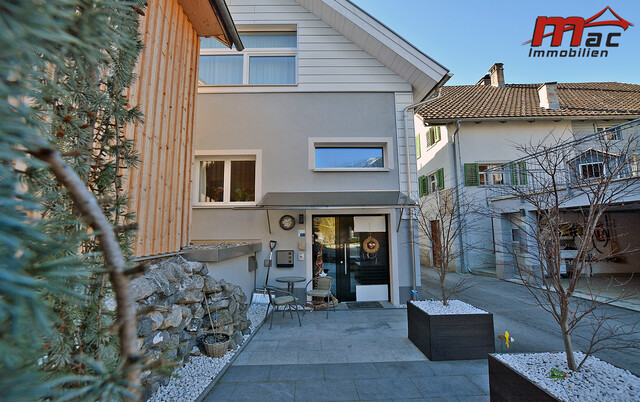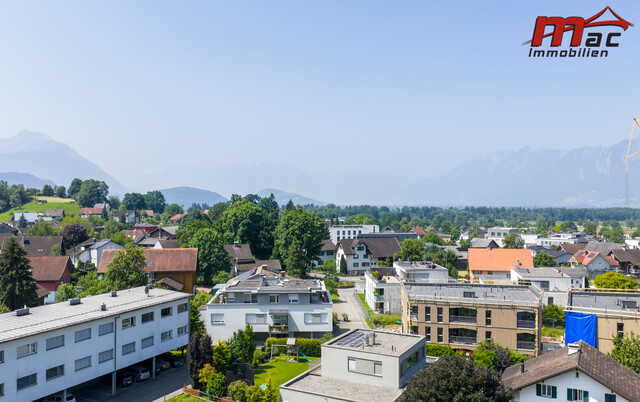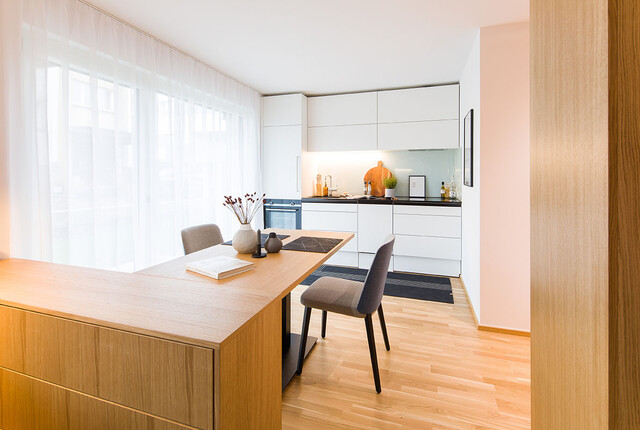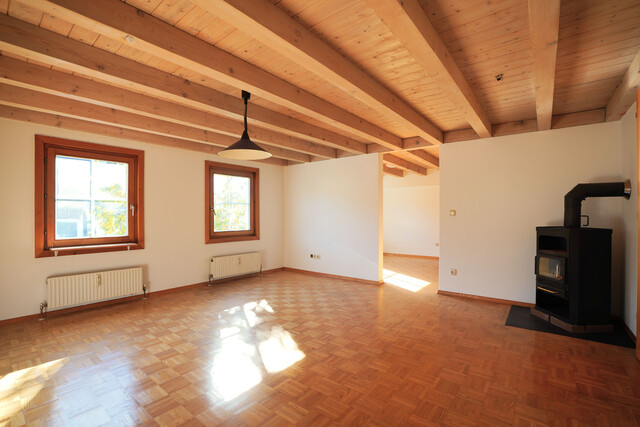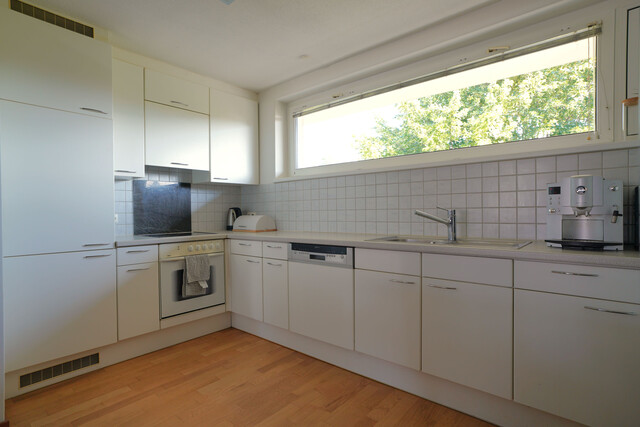Smartphone Addiction? This is How We Really Use Our Phones

The smartphone is hardly dispensable in the daily lives of Austrians. According to the current "Mobile Communication Barometer" of the Mobile Communication Forum (FMK), 91 percent use their phone for WhatsApp, 80 percent use it to take photos, and just as many start their day with the smartphone alarm clock. The survey was conducted in April 2025 by Makam Research among 500 people.
The phone is our daily companion – hardly anyone does without it
The result shows: The mobile phone is no longer just a communication device – it replaces alarm clocks, cameras, flashlights, navigation devices, calendars, bank branches, and much more.
Traditional voice telephony continues to lose importance. Although 21 billion minutes of conversation were conducted over mobile networks in 2024, messenger calls and video telephony are gaining ground. At the same time, mobile data volume is increasing significantly: according to FMK, 5.46 billion gigabytes were used in 2024 – about 30 times as much as ten years ago.
SIM card boom due to connected devices
At the end of 2024, there were more than 30.25 million active SIM cards in circulation in Austria. About half of these are so-called M2M cards (Machine-to-Machine), which are used in vehicles, smart meters, or industrial plants.
The possibilities for using smartphones are diverse: According to FMK, two-thirds also use it for SMS, online banking, calendar functions, or navigation. Other common applications are social media, music streaming, shopping, or cashless payments.
Younger people use digital services particularly intensively
The use of digital services strongly depends on age. The younger the users, the more diverse the smartphone is used – for example, for TikTok, video calls, or the digital citizen card. Only one percent of respondents use the mobile phone exclusively for calling.
Network Continues to Grow – 5G Available for 96 Percent
Network expansion is continuously progressing. In 2024, 175 new mobile stations were established, bringing the total number to over 19,000. According to FMK, 5G coverage now reaches 96 percent of the population.
Financially, the mobile sector is stable: A1, Magenta, and Drei achieved a total revenue of 3.75 billion euros in 2024. Of this, 881 million euros were invested in network expansion. By 2030, over 3 billion euros are to be invested in 5G.
Outlook on 6G and Concerns About Digital Inclusion
FMK President Mario Paier expects 6G to start around 2030. Initial international standardization processes are already underway. Artificial intelligence will play a central role in this, according to Paier.
Despite all progress, a part of the population remains excluded: around ten percent do not own a smartphone. Discussions about data protection, stress from constant availability, or mobile phone use in schools are also increasing.
(APA/Red)
This article has been automatically translated, read the original article here.
Du hast einen Hinweis für uns? Oder einen Insider-Tipp, was bei dir in der Gegend gerade passiert? Dann melde dich bei uns, damit wir darüber berichten können.
Wir gehen allen Hinweisen nach, die wir erhalten. Und damit wir schon einen Vorgeschmack und einen guten Überblick bekommen, freuen wir uns über Fotos, Videos oder Texte. Einfach das Formular unten ausfüllen und schon landet dein Tipp bei uns in der Redaktion.
Alternativ kannst du uns direkt über WhatsApp kontaktieren: Zum WhatsApp Chat
Herzlichen Dank für deine Zusendung.
